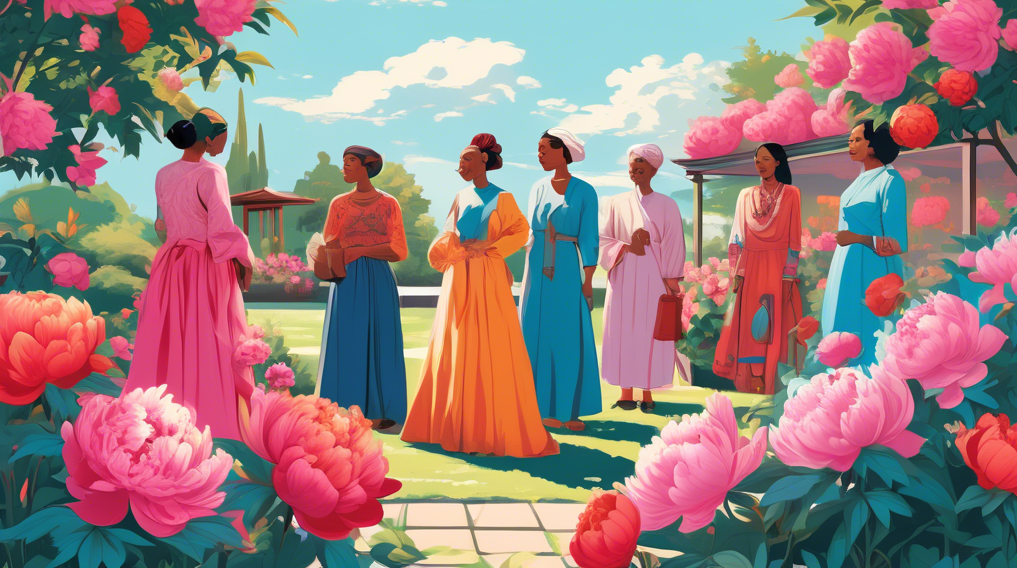The Symbolism of Peonies: Meanings and Cultural Significance
Introduction to Peonies
Peonies are among the most beloved flowers in the garden, celebrated not only for their impressive blooms but also for their rich symbolism and cultural significance. Known for their lush, voluminous flowers, peonies can vary in color from pale pink to deep burgundy, making them a favorite for floral arrangements and weddings. The peony is revered in many cultures, each attributing its own meanings and stories to this enchanting flower.
Historical Roots and Symbolism
The peony has been cultivated for over 4,000 years, with its roots deeply embedded in ancient Chinese culture. Originally used for medicinal purposes, the peony later became emblematic of wealth, honor, and nobility. This is particularly evident during the Sui and Tang dynasties when peonies were grown in the imperial gardens. The Chinese name for peony, sho yu, means most beautiful and aptly reflects the high esteem in which these flowers are held.
In addition to their beauty, peonies are believed to bring good luck, prosperity, and peace to the home. They are often used in festive decorations during Chinese New Year and other significant celebrations.
Peonies in Japanese Culture
In Japan, the peony or ‘botan’ is associated with good fortune, bravery, and honor. It is often referred to as the King of Flowers for its noble appearance. Peonies in Japanese art are commonly depicted alongside lions, which symbolizes the flower’s protective qualities and its ability to ward off evil spirits. They are a popular motif in traditional Japanese tattoos, representing daring and audaciousness, associated with the Samurai’s ideals of chivalry.
Peonies in Western Symbolism
In Western contexts, peonies carry a bouquet of meanings ranging from bashfulness to compassion, and most prevalently, romance and marital bliss. They are popular wedding flowers, seen as a good omen for a happy marriage. The peony is also associated with the 12th wedding anniversary. Furthermore, their lush, rounded blooms are symbols of beauty in all forms, and their rich, heady scent evokes a sense of the transient, fleeting nature of existence.
Symbolic Color Meanings
The color of a peony can also affect its symbolic meaning. For example, red peonies are often linked to wealth and prosperity in Chinese tradition, making them a popular choice during festive and celebratory occasions. Pink peonies are commonly associated with romance and are often given in the context of romantic relationships. White peonies symbolize purity and are frequently used in bridal bouquets or as decorations in weddings to signify a blissful union. Finally, yellow peonies are sometimes linked to royalty and prosperity.
Modern-day Cultural Significance
Today, peonies continue to be a focal point in many floral arrangements and gardens across the globe. They are celebrated in festivals such as the Luoyang Peony Festival in China, which showcases hundreds of varieties of peonies and draws tourists from all over the world. Moreover, the peony has inspired countless artists, poets, and designers and continues to be a symbol of beauty and elegance across various mediums.
Conclusion
The peony’s enduring appeal lies not only in its stunning aesthetic but also in its layered symbolism and cultural heritage. From ancient emperors to modern brides, the peony remains a symbol of prosperity, bravery, and romance, enriching the lives of those who behold or receive them. Whether gracing a garden or featured in art, the peony continues to enchant and inspire, making it a timeless emblem of natural beauty and human emotion.
Exploring the Symbolism of Fog in Literature and Culture







